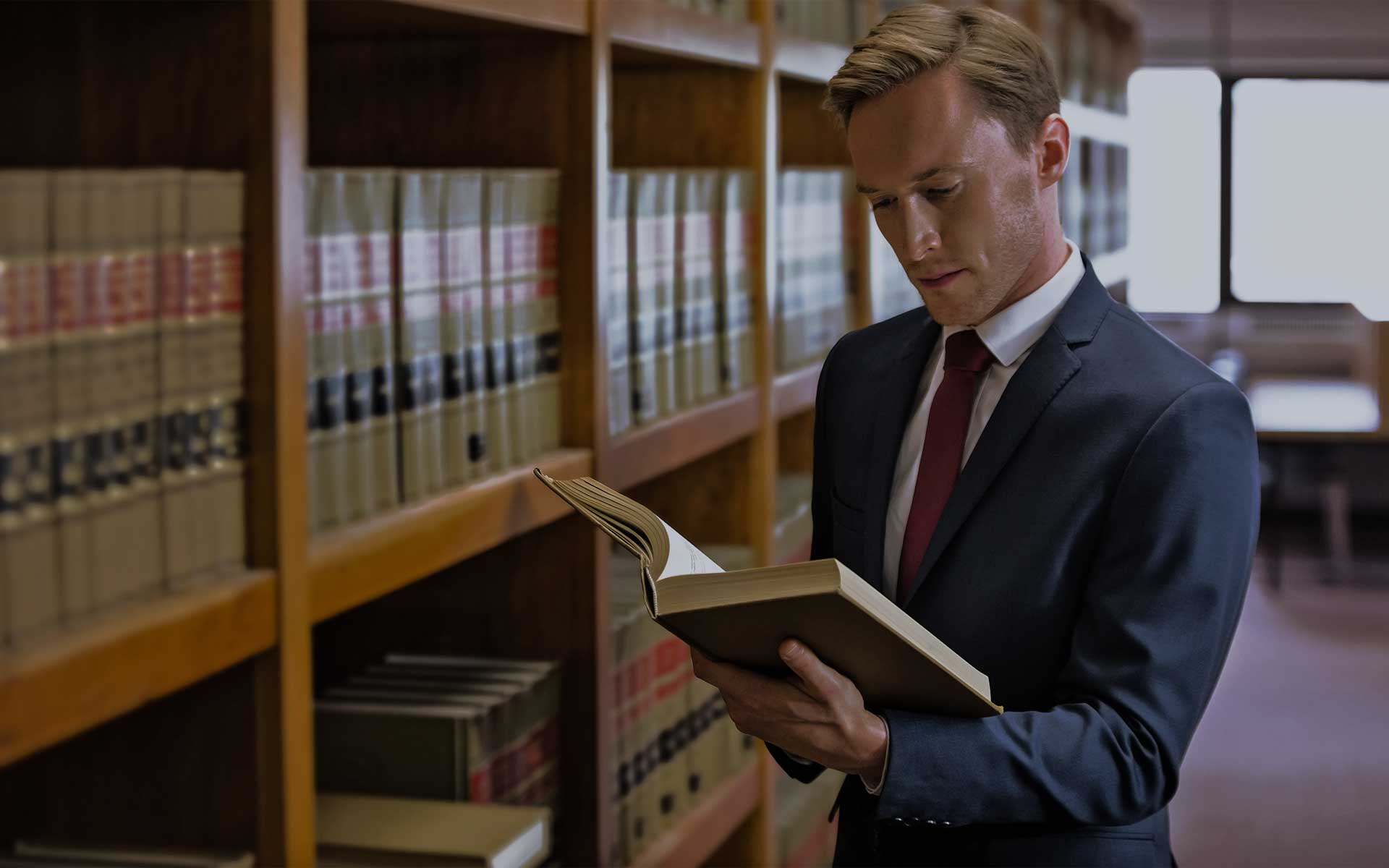Practical Tips for Drafting Patent Applications After American Axle & Manufacturing Inc. v. Neapco Holdings

The United States Court of Appeals for the Federal Circuit decided on October 3 to affirm the ruling by the United States District Court for the District of Delaware that the asserted claims of U.S. patent number 7,774,911 are directed to patent ineligible subject matter under Section 101 (American Axle & Manufacturing Inc. v. Neapco Holdings LLC ). Much has been written about the majority and dissenting opinions. Here, we concentrate on what the patent practitioner can do when drafting a patent application in light of the case.
Explain How
One of the findings is that the specification discussed types of attenuation in propshafts, and tuning of a liner to attenuate shell mode vibration, or bending mode vibration, and the claims instruct to do “tuning [of] at least one liner to attenuate at least two types of vibration transmitted through the shaft member” (claim 1). But the plaintiff argued, and the district court agreed, that neither the specification nor the claims instruct as to how to do the tuning (American Axle & Manufacturing Inc. v. Neapco Holdings LLC, case number 18-1763 page 7, lines 8-9). The patent practitioner would do well to explain the “how” of “tuning”, or any experimentation or adjustment, in the specification and also in the claims, especially when the tuning or adjustment is important to the novelty of the claim. Explaining how tuning or adjustment is done can help overcome an assertion that a claim is directed to a natural law with the instructions “apply it”, and not significantly more. Explicitly explaining how a natural law is applied, with sufficient detail, will also answer to this assertion, because the natural law in and of itself does not say how to apply itself.
Look Carefully at Claim Scope
Another finding is “the representative claims are not limited to any type of liner or the dampening of specific bending modes” (page 13 footnote lines 10-12). The patent practitioner would do well to look carefully at the scope of claim elements and make sure there is sufficient detail in the limitations that the claim elements have the solution to the problem, rather than having a claim to the natural law and the instructions to “apply it” to some claim elements. There is always a trade-off between broader and narrower claim scope and the details in the elements and keeping this test of a claim in mind can help in decisions about claim scope. It appears a broader claim is more at risk in this regard.
The court says: “This distinction between results and means is fundamental to the step 1 eligibility analysis, including in law-of-nature cases, not just abstract-idea cases.” (Page 16 lines 1-3). The patent practitioner could test a proposed claim to see if it is a claim to a result, without sufficient means for achieving that result, and revise the claim accordingly. This speaks again to describing the “how” in the specification and the claim.
Specify “How” in Functional Claims
Citing Electric Power Group v. Alstom, 830 F.3d at 1355–56, the court noted “the essentially result-focused, functional character of claim language has been a frequent feature of claims held ineligible under §101”. Functional claiming is certainly powerful, often broad, and well accepted, but has this risk. The patent practitioner could test a proposed claim written in a functional claiming style to see if there is sufficient detail in the function and the result to be significantly more than the natural law applied to the claim elements. How is the function performed, how is the result achieved?
Getting Enablement Right
Commenting, “The dissent suggests that the failure of the claims to designate how to achieve the desired result is exclusively an issue of enablement” (page 20 lines 15-17), the court emphasizes the importance of enablement. Patent practitioners should always be aware of this, and here it appears to count doubly, for Section 101 and Section 112 (see also the dissent). Enablement is what allows the hypothetical person of ordinary skill in the art, with the patent at hand, to make and use the invention. Yet again, this is the “how”.
The Lessons Are Clear
Whether one personally agrees or disagrees with the court ruling, and there are interesting comments in the dissent about both claim limitations and legal principles, the lessons from the court ruling are clear. Explaining in the specification and claims of a patent how a natural law is applied, how a function is performed and how a result is achieved can position a claim as more than a natural law with instructions to “apply it”, and could bolster the argument for eligibility under 35 USC §101.


